Cosmocité Science Centre
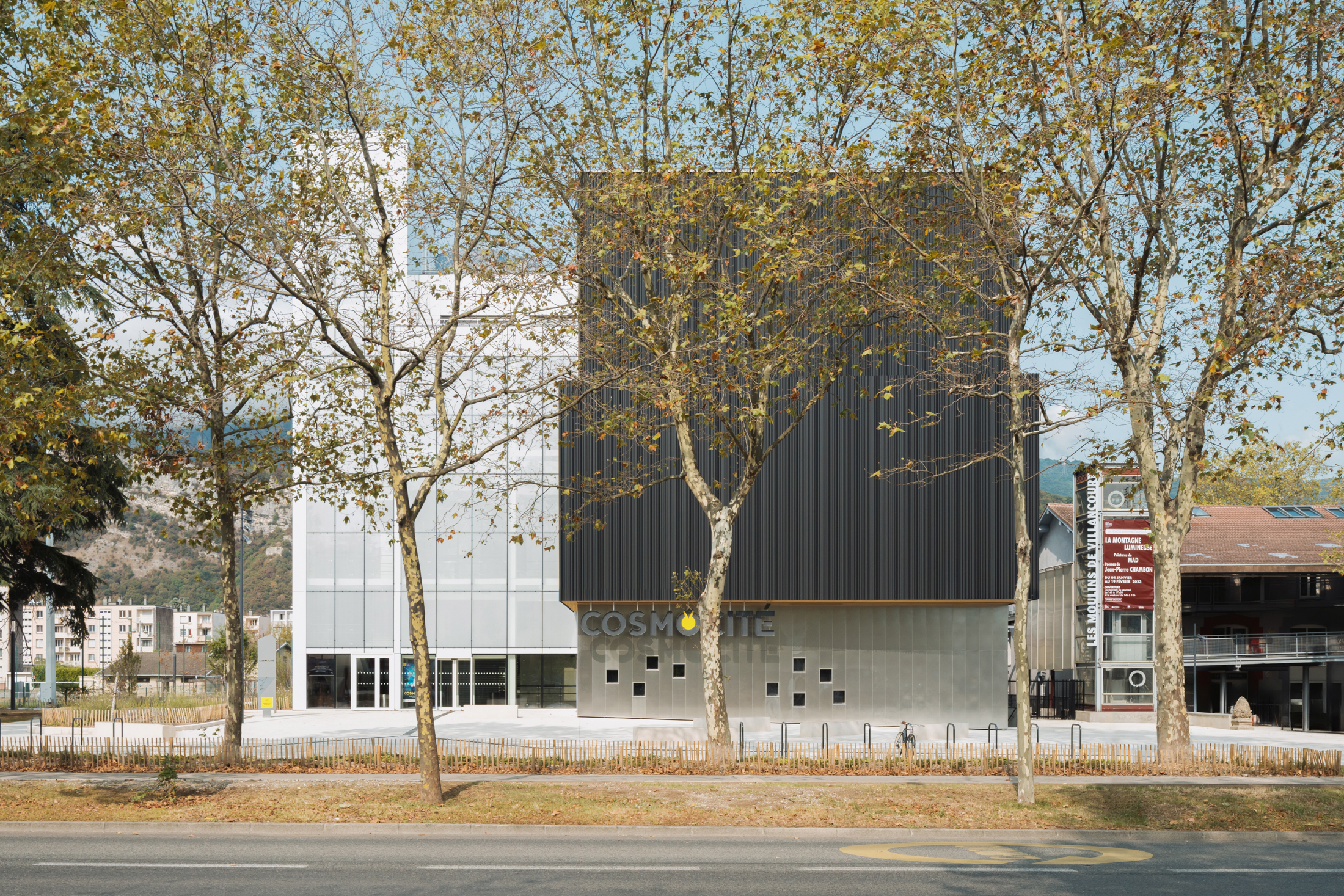
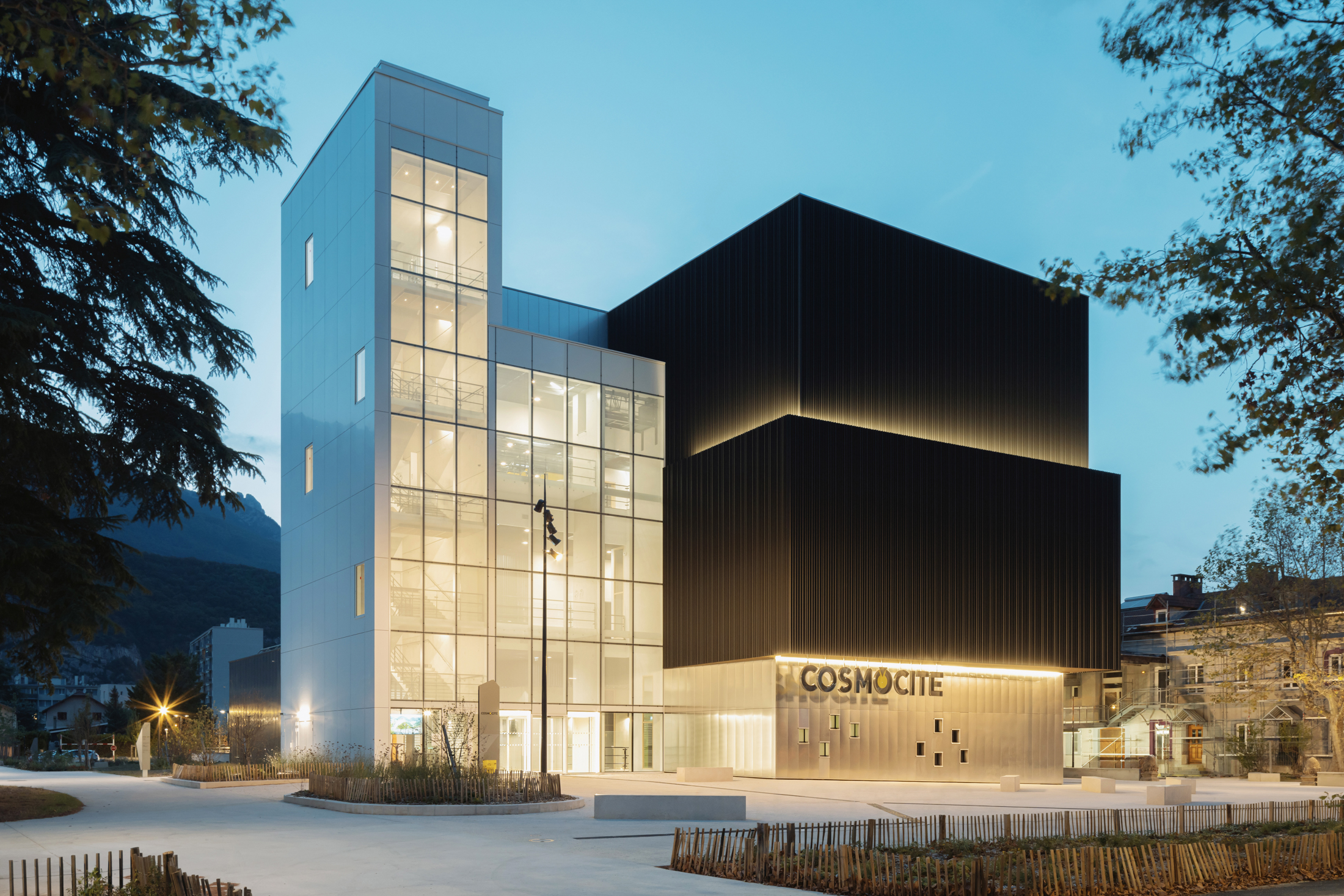

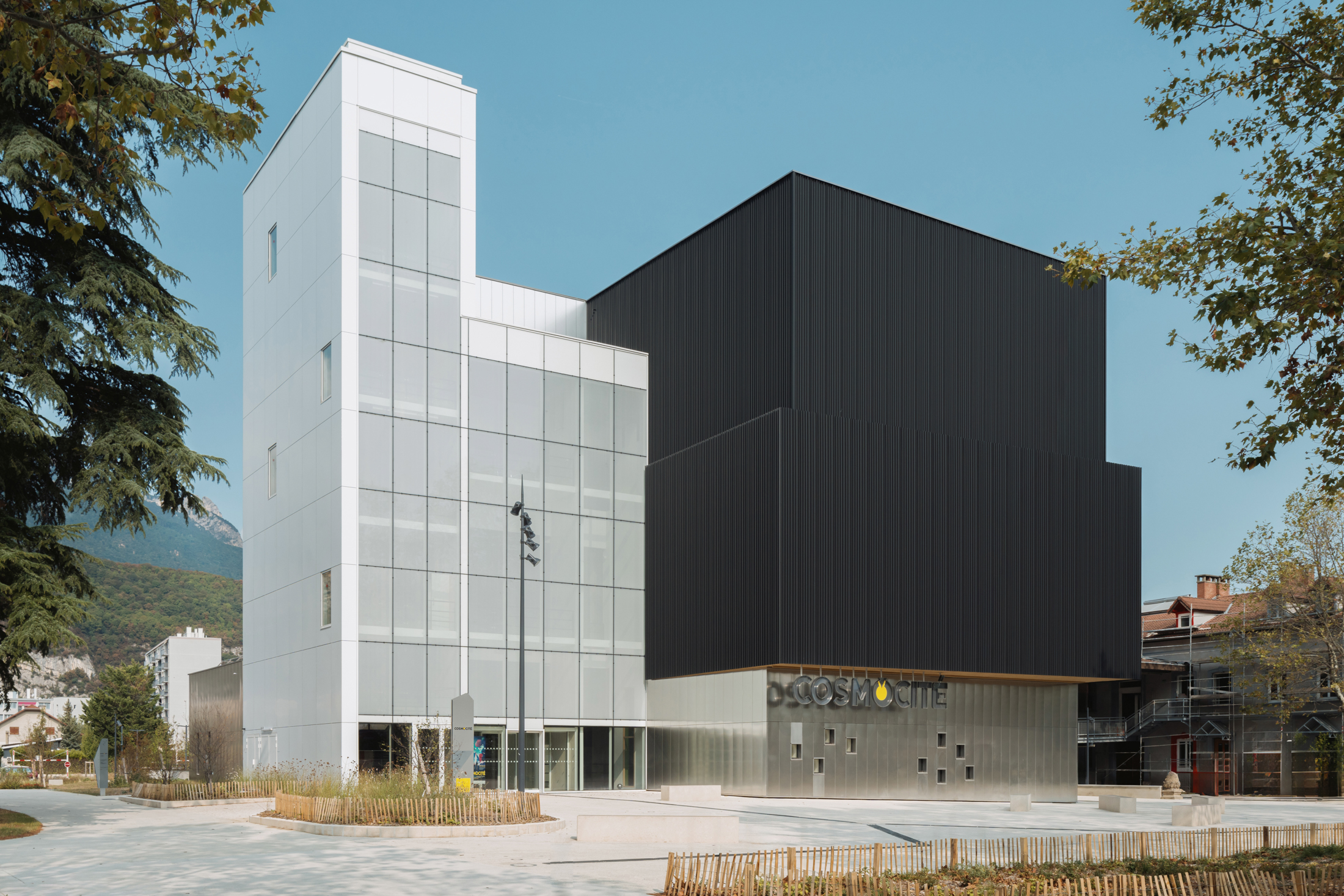

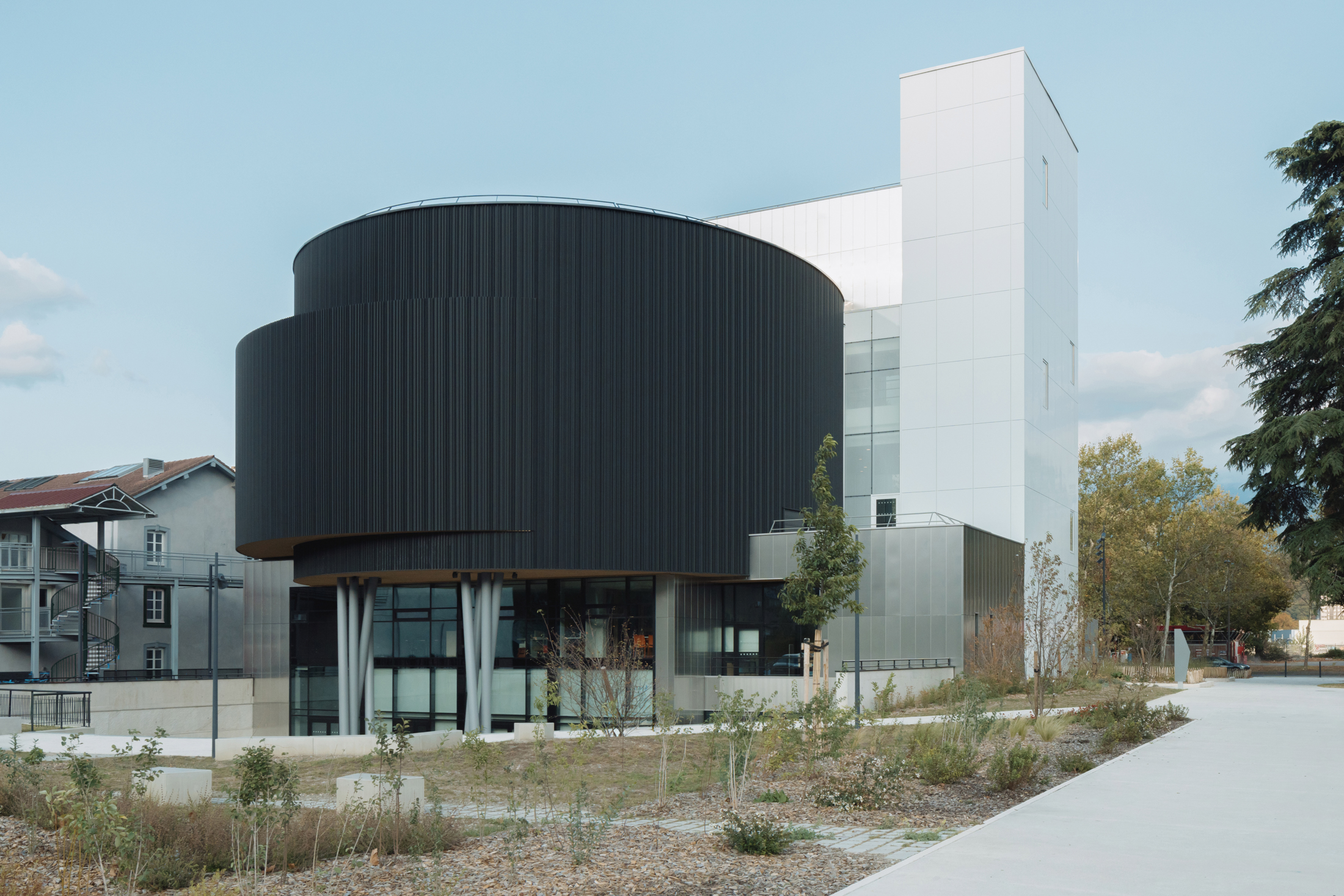
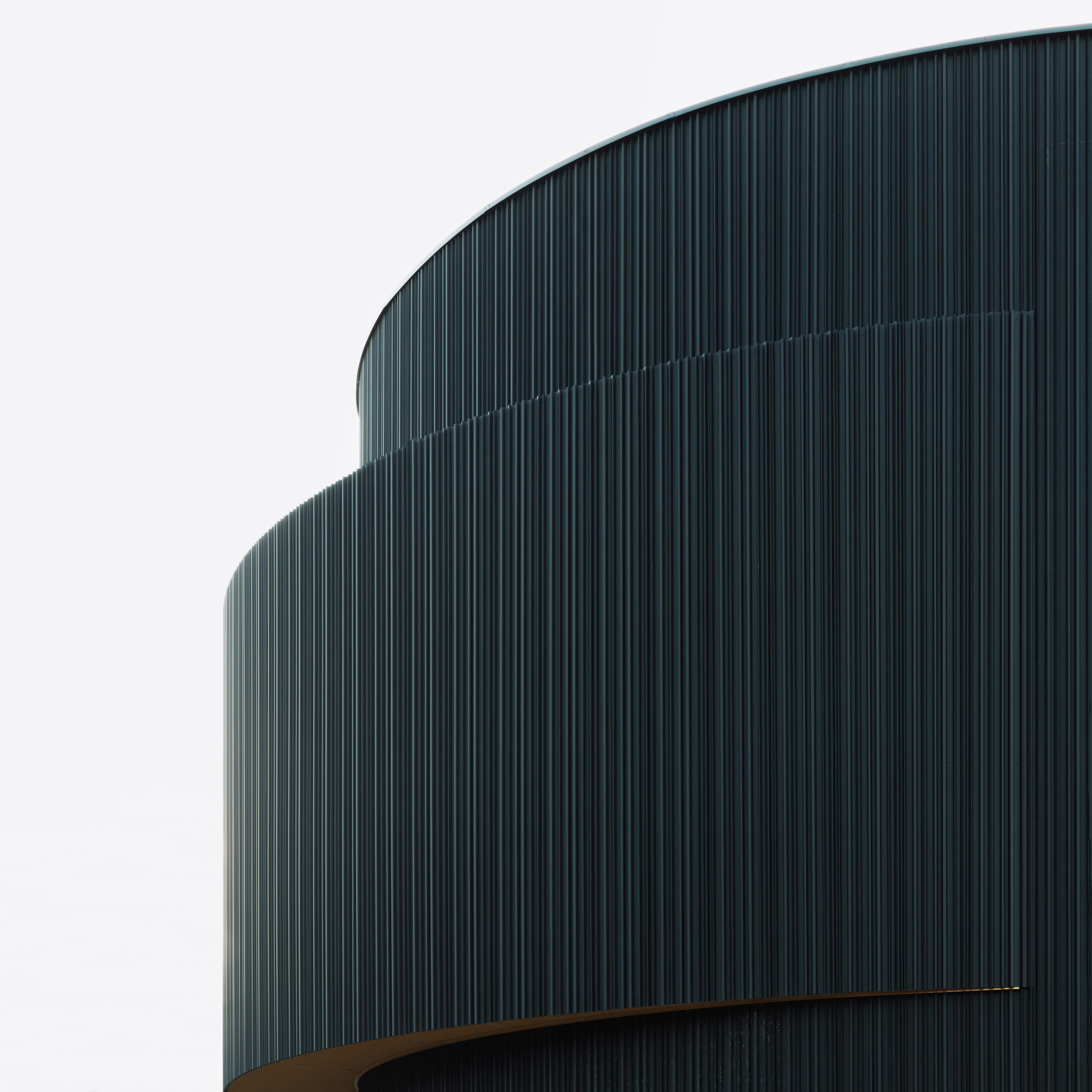
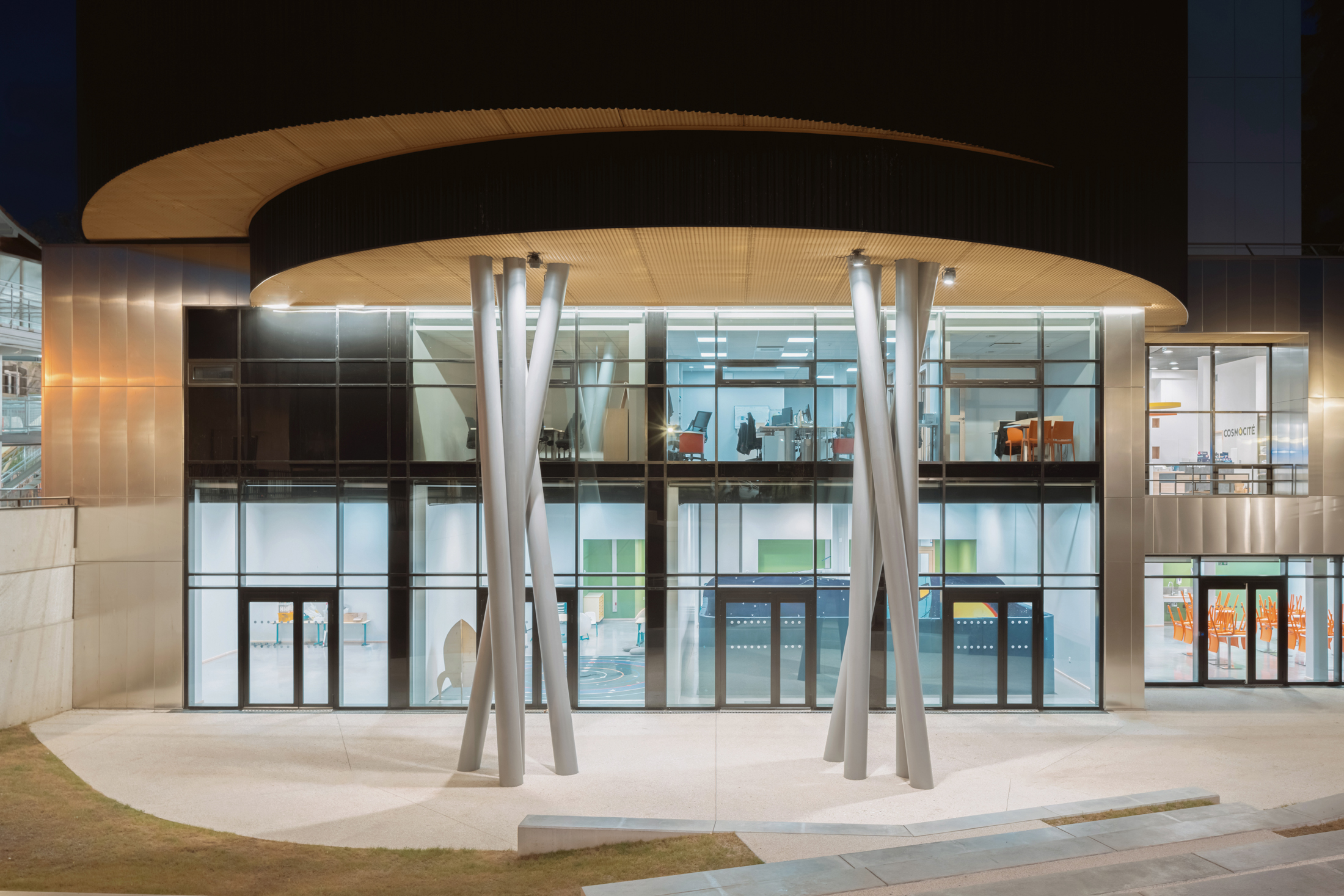
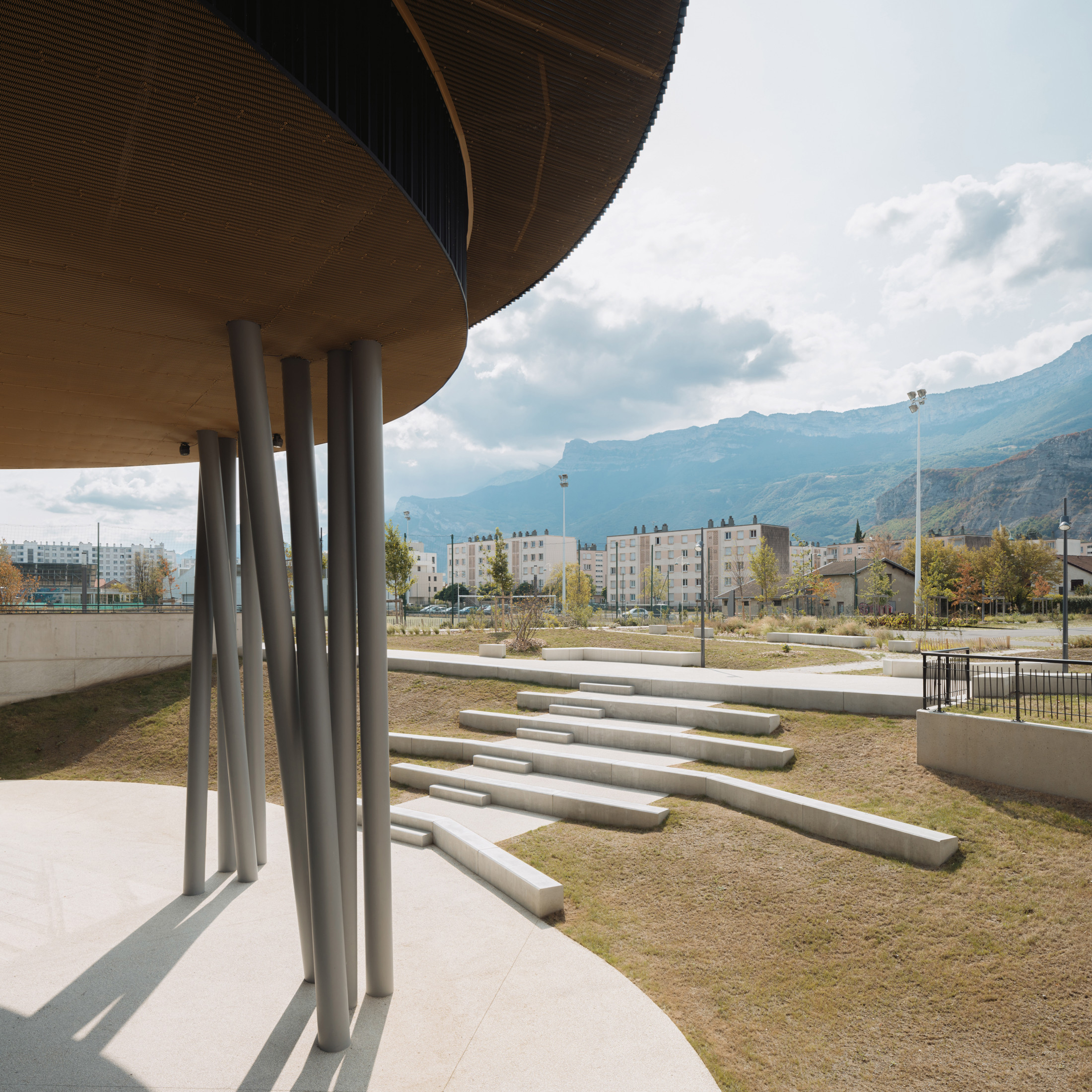
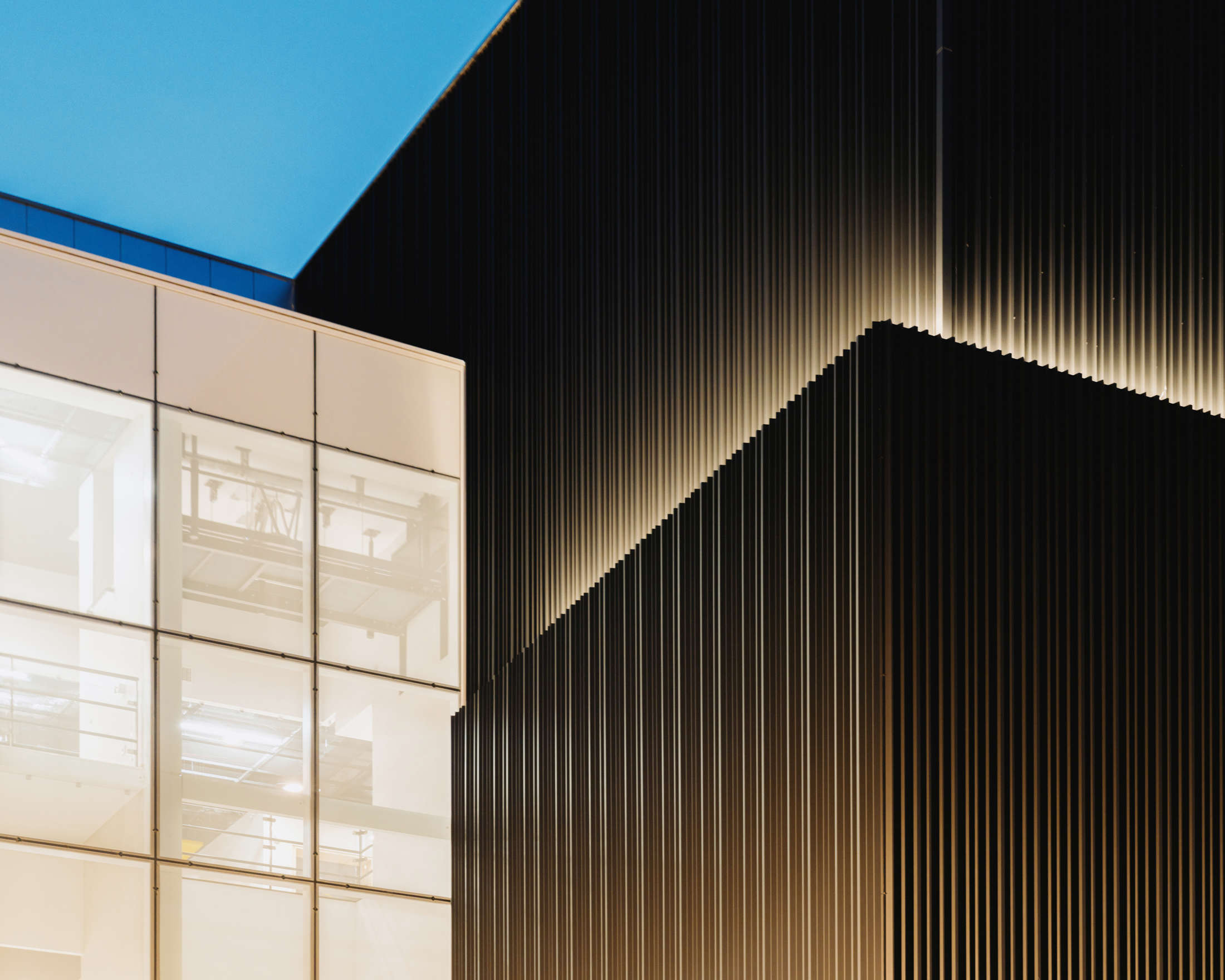
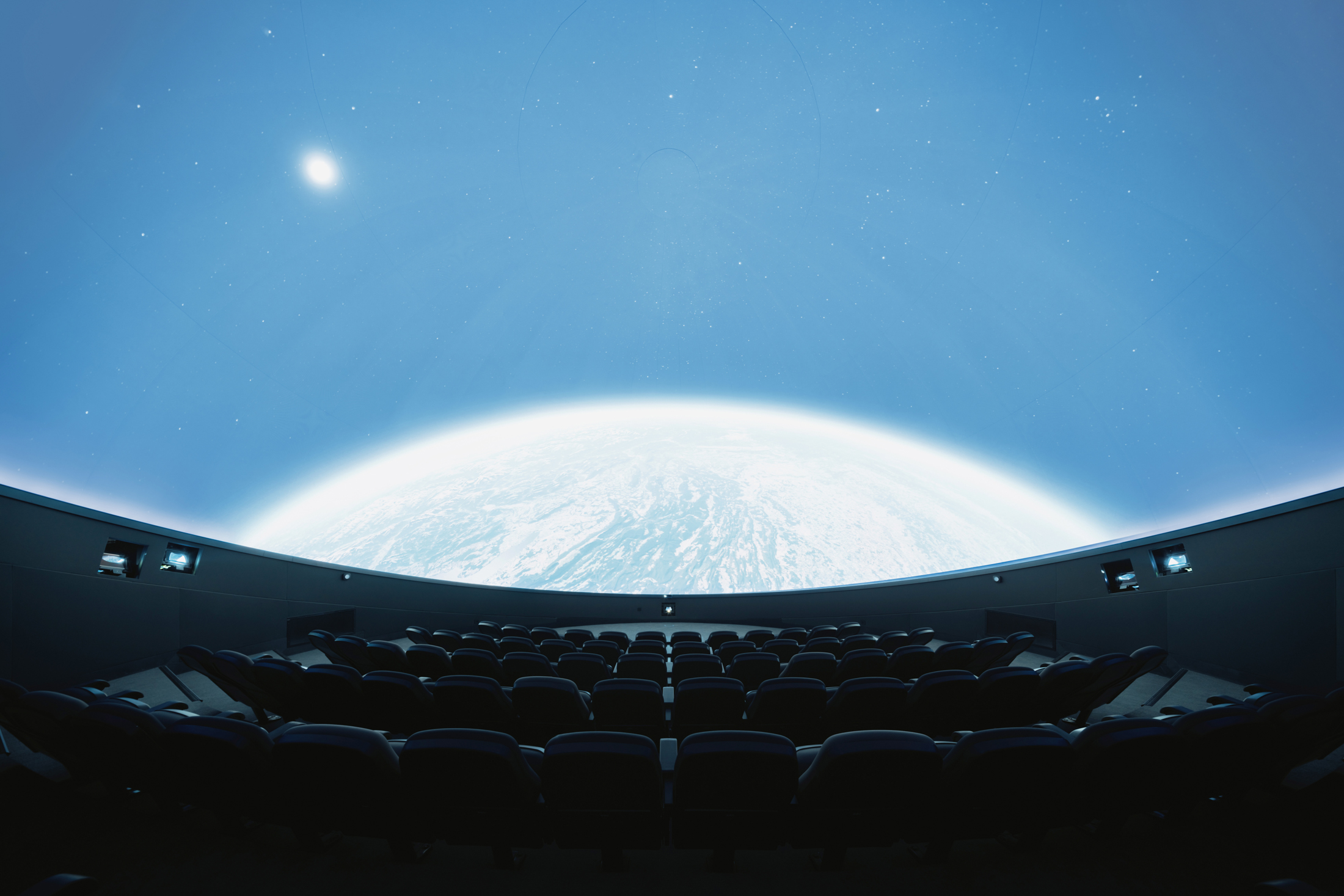
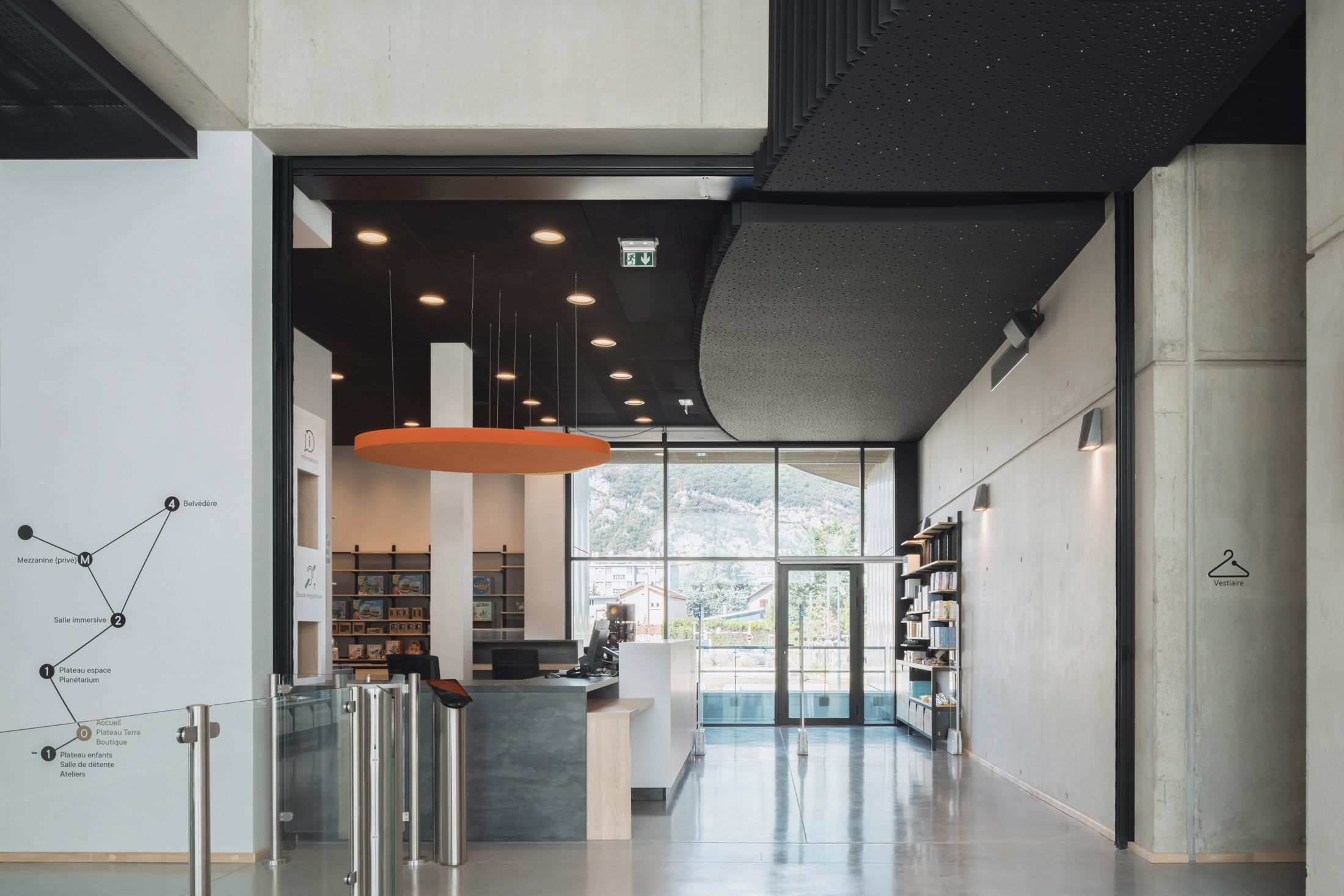
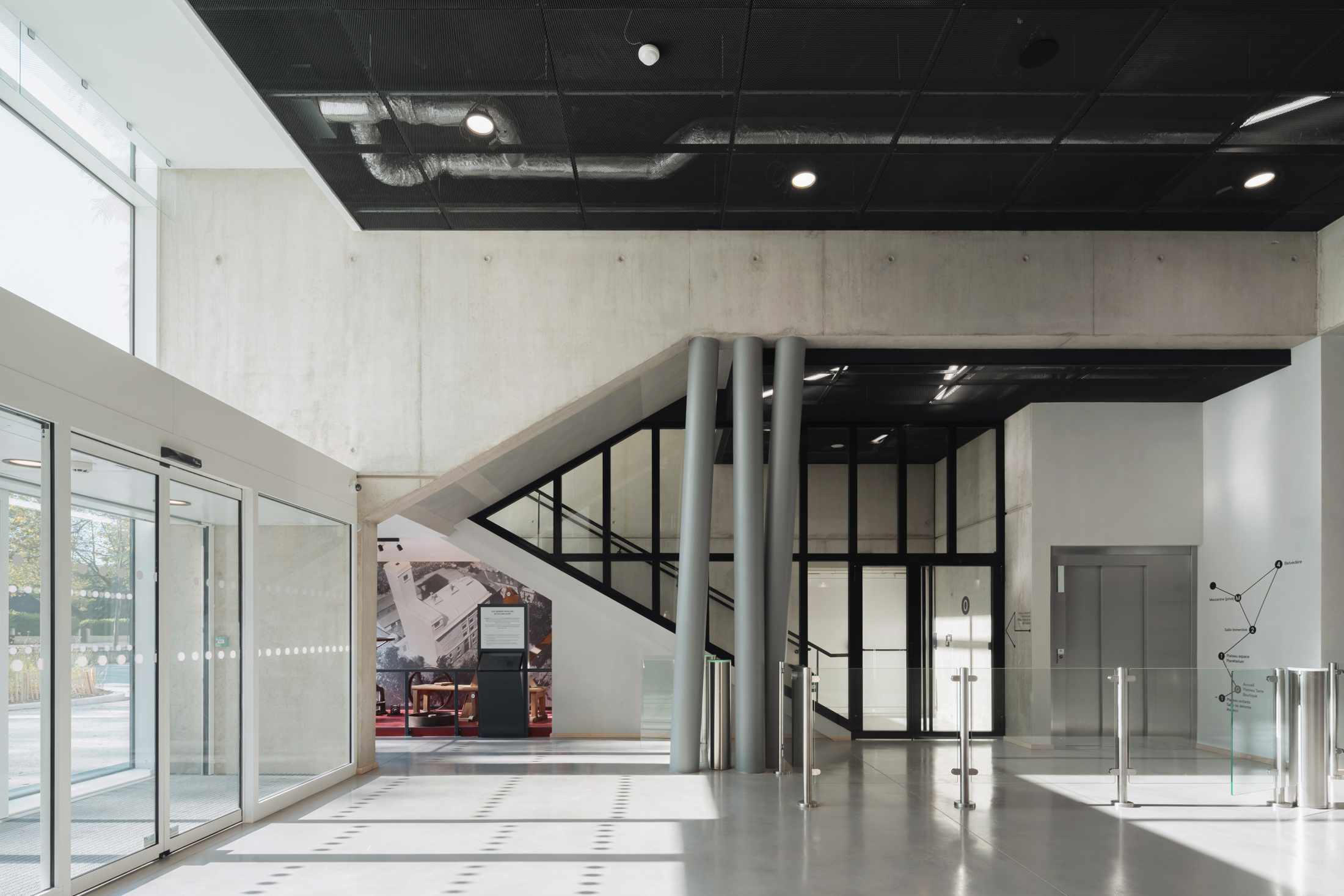
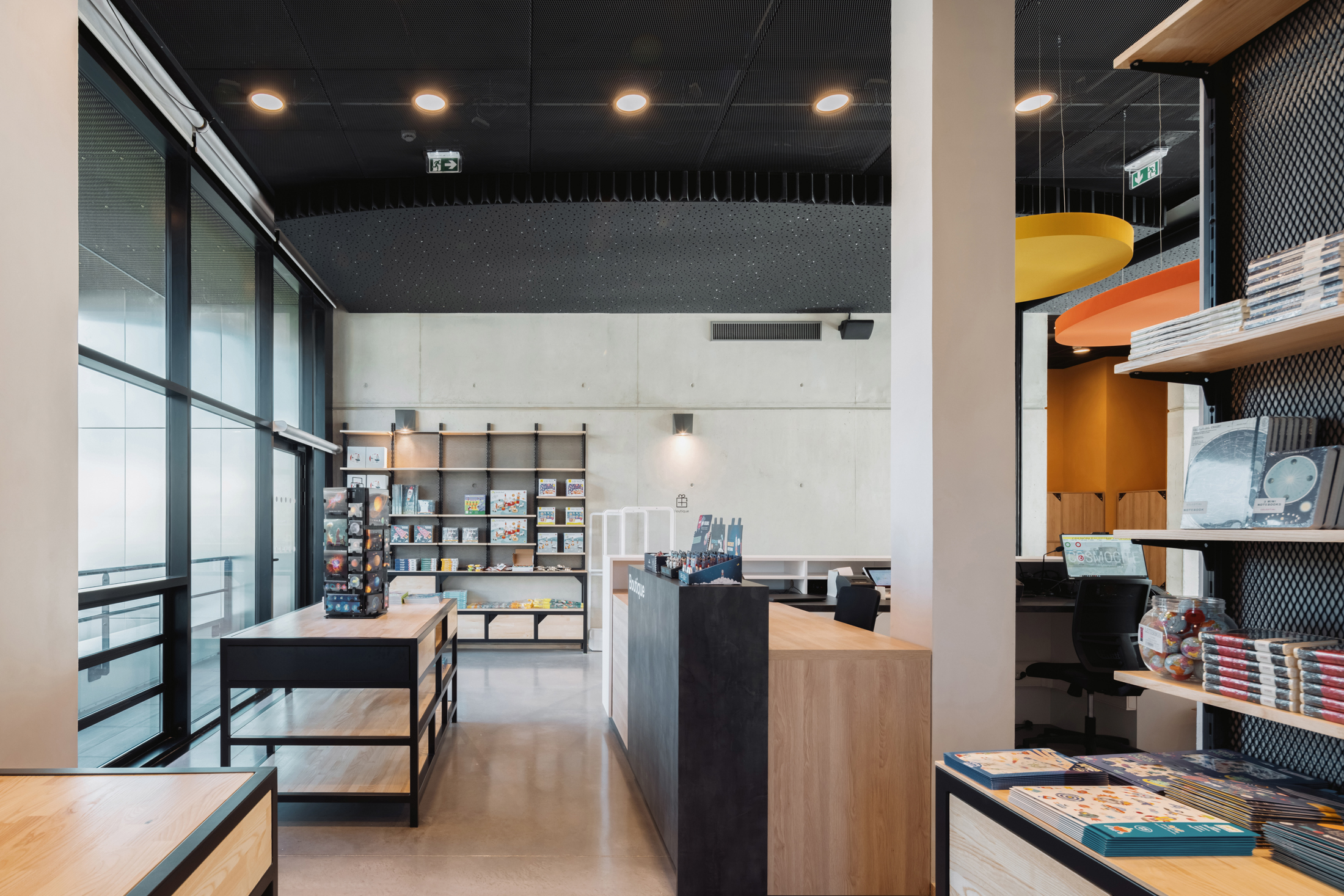
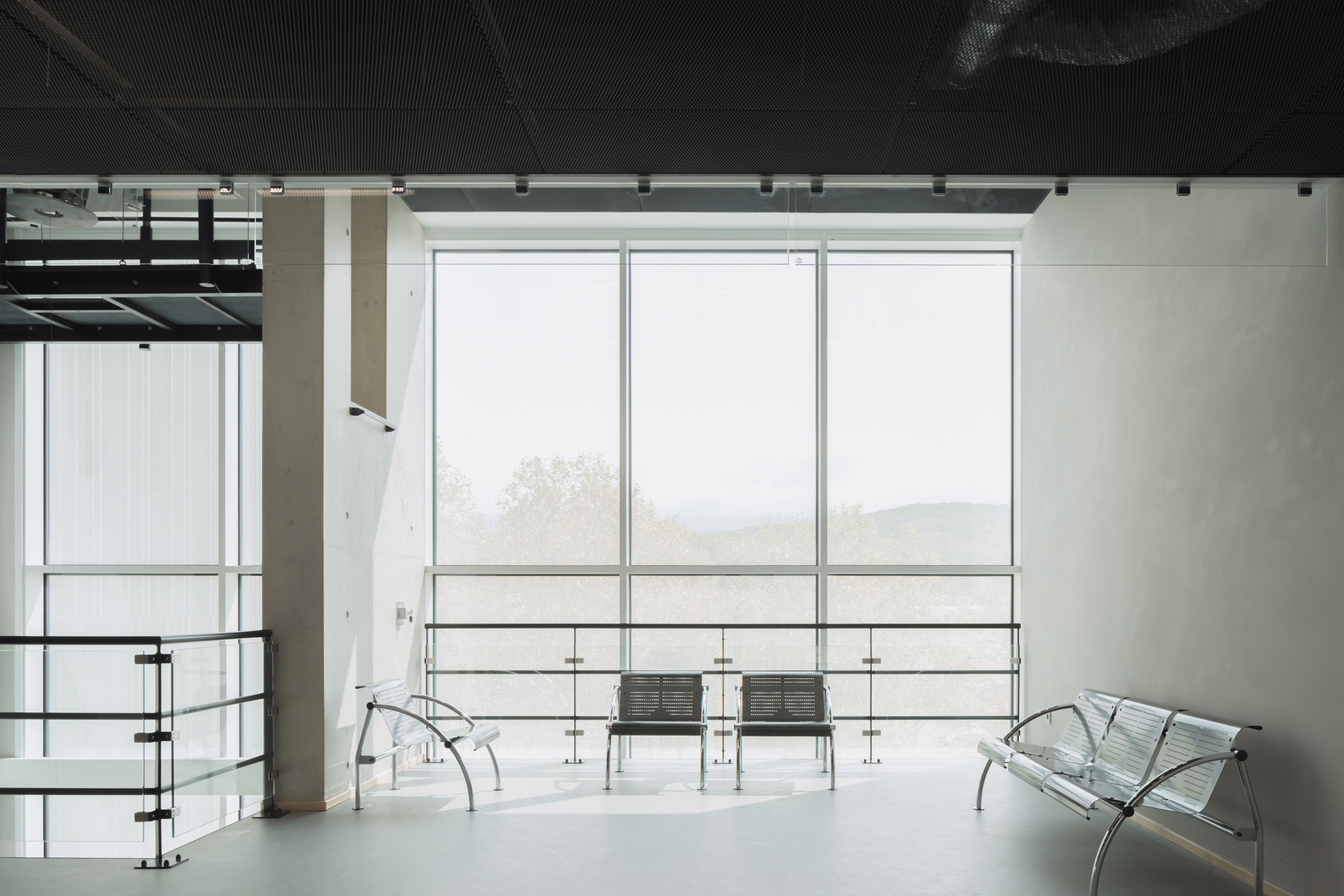
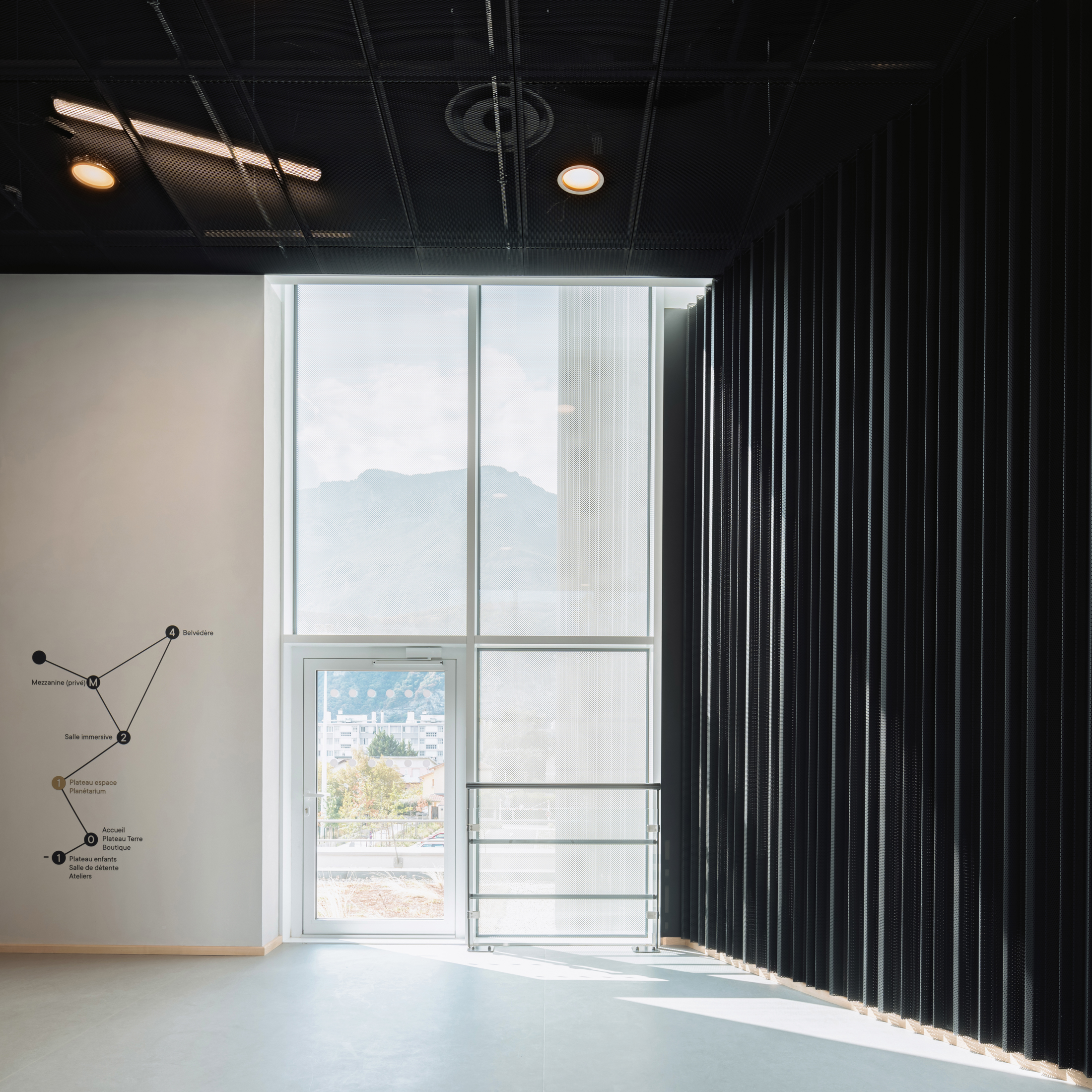
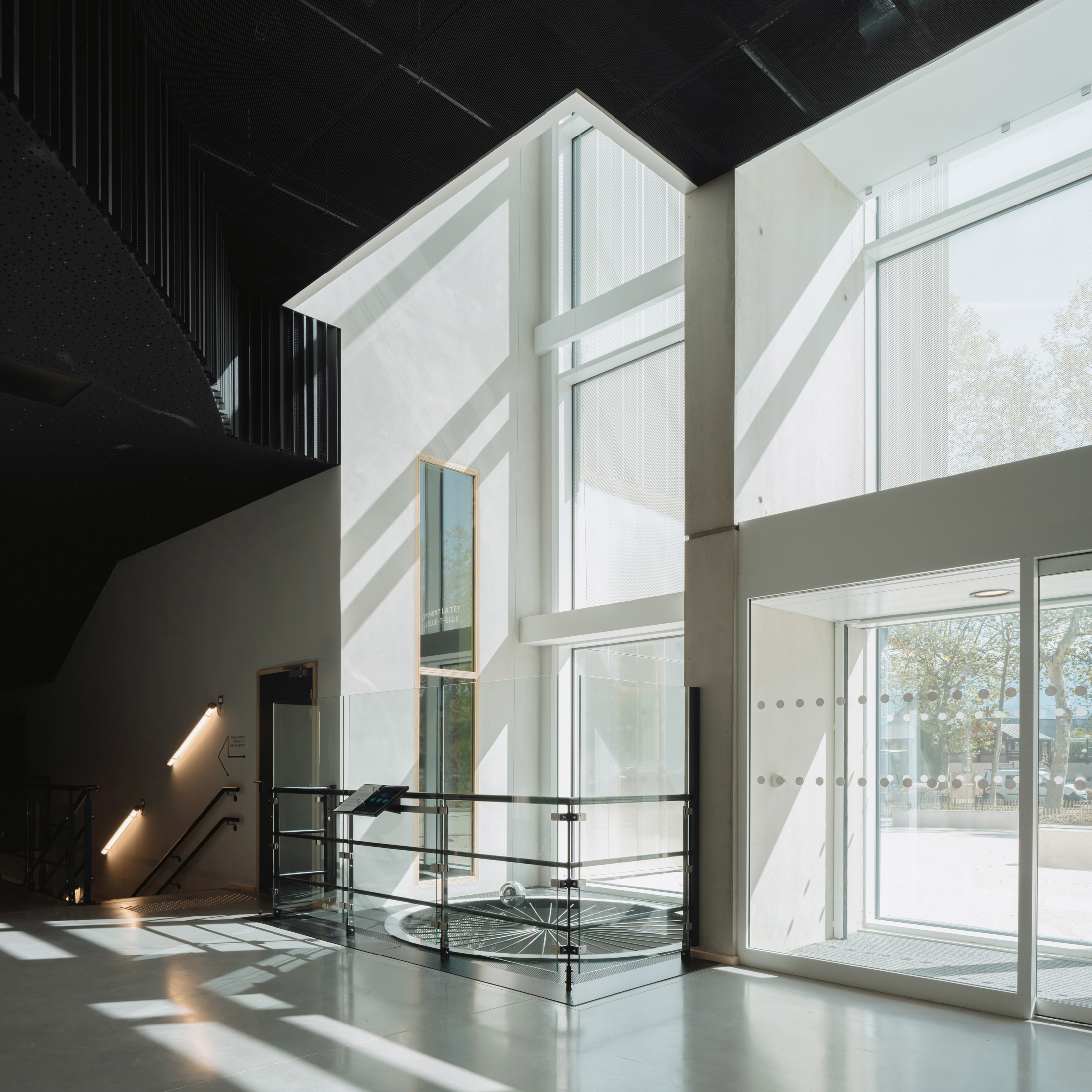
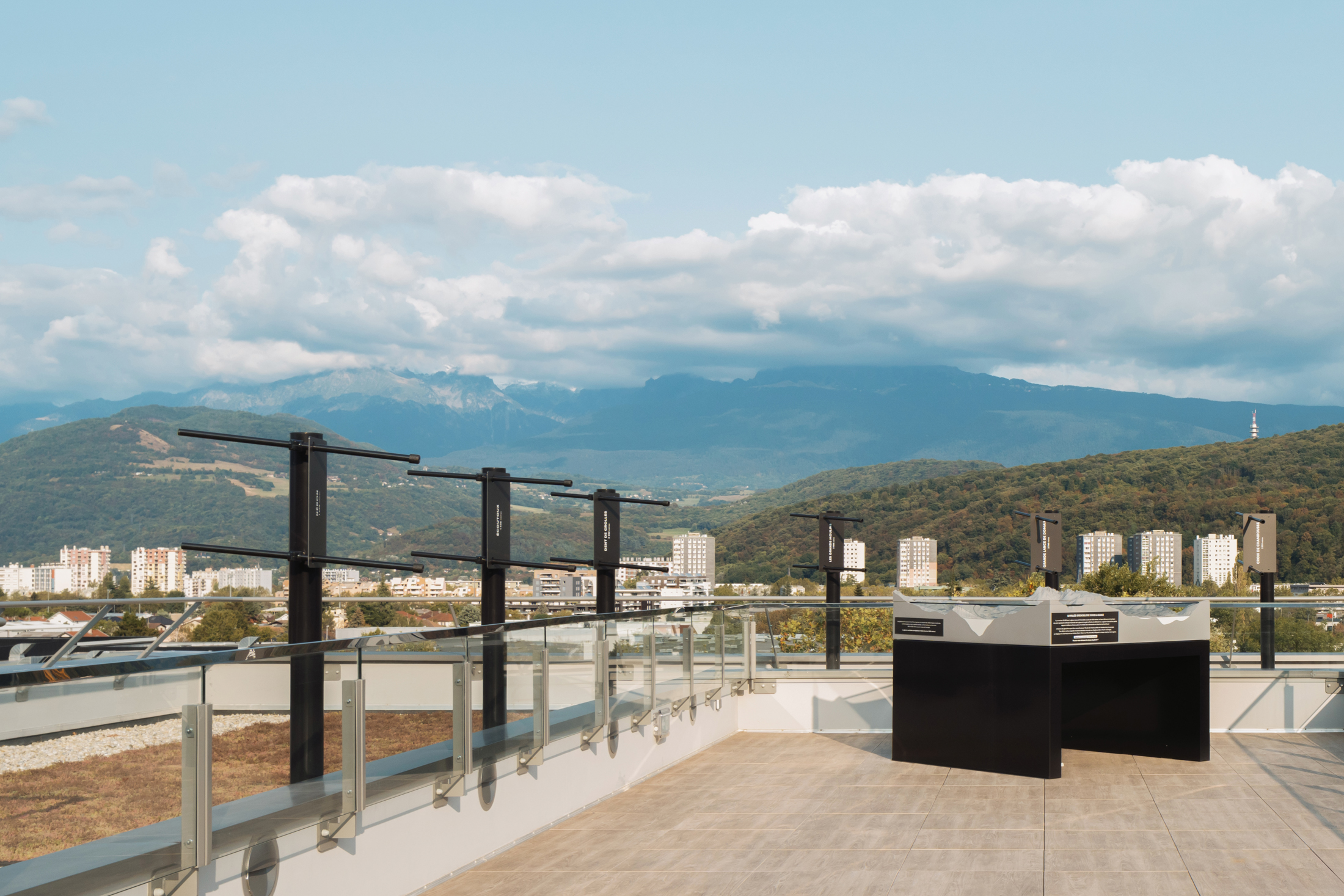
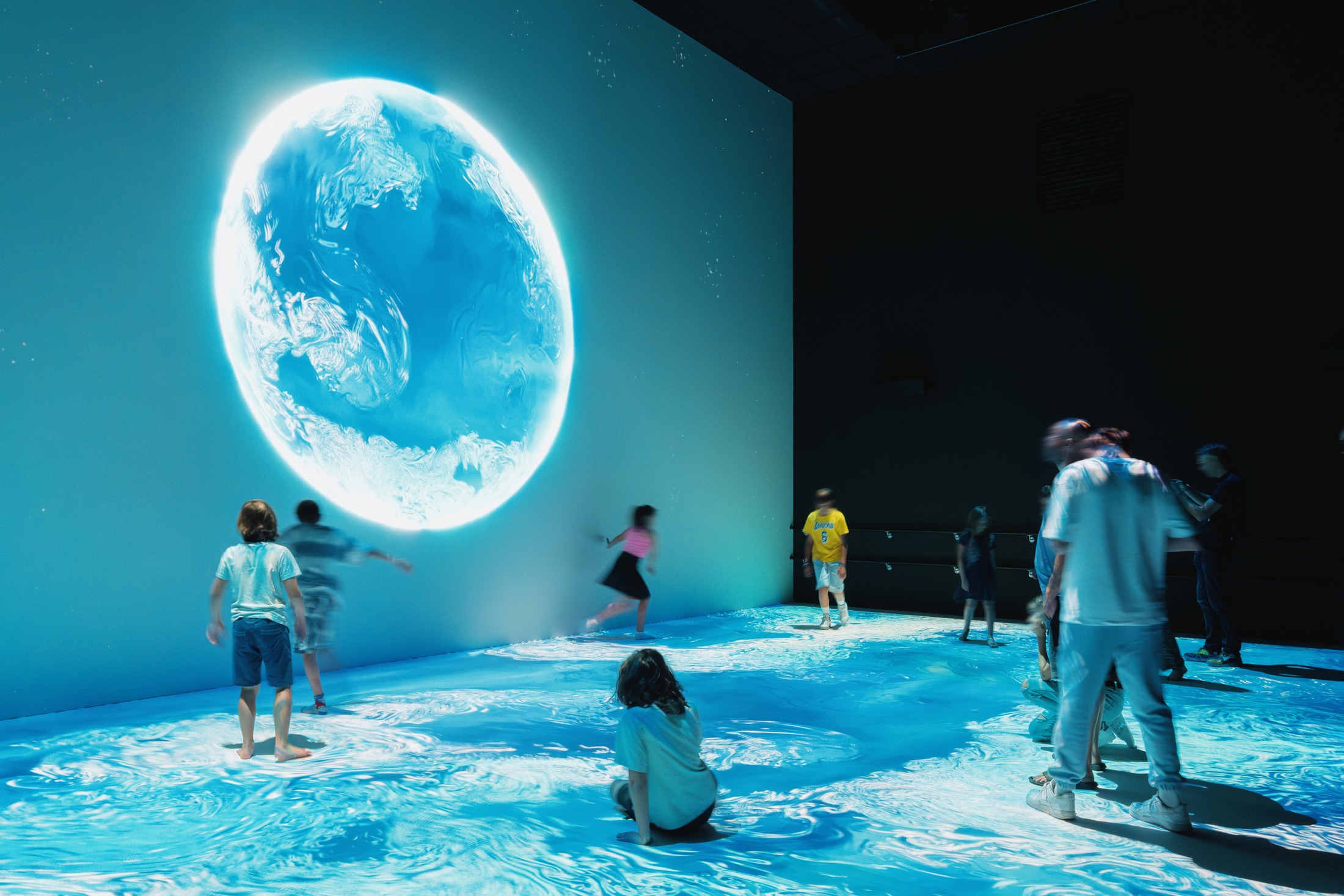
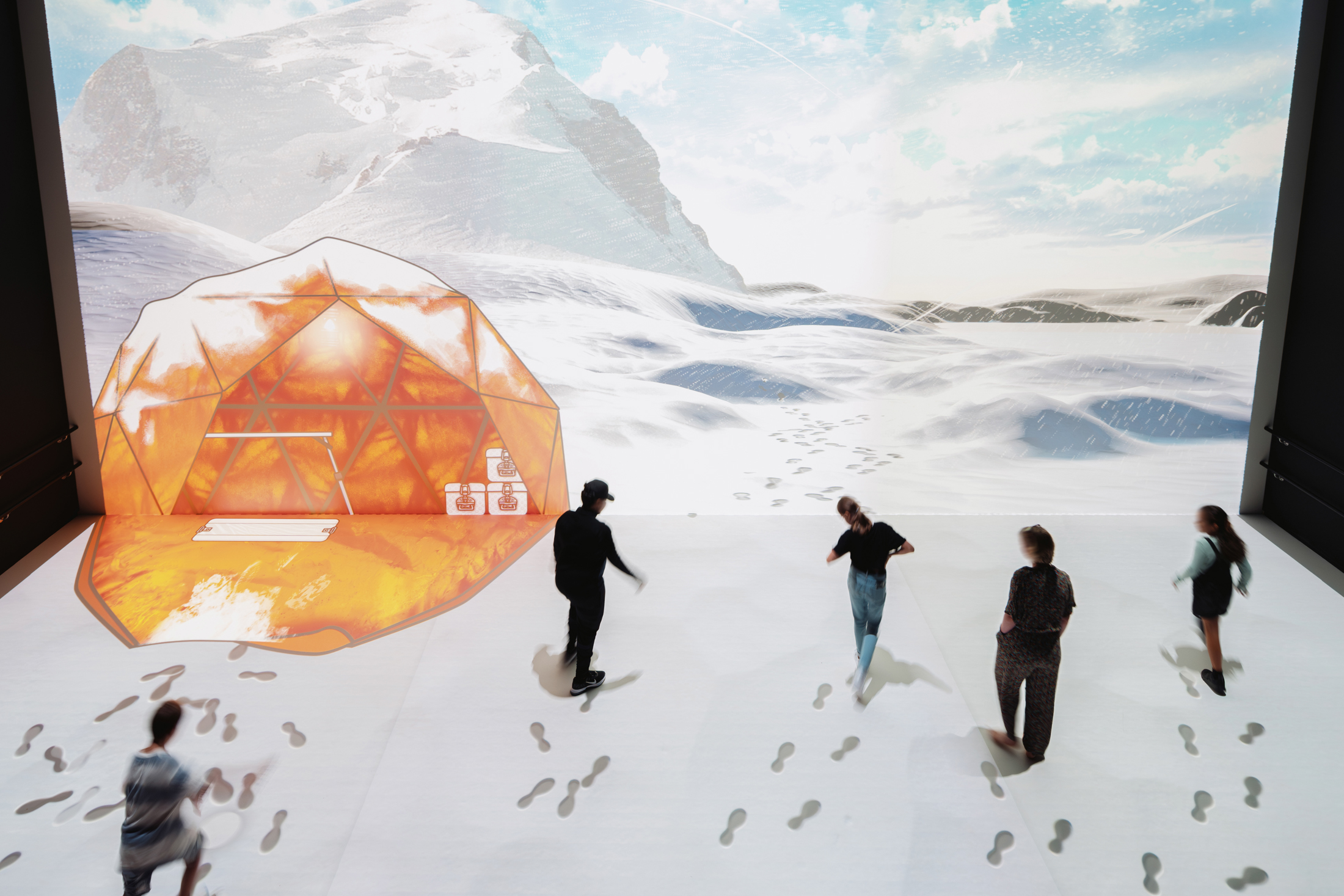
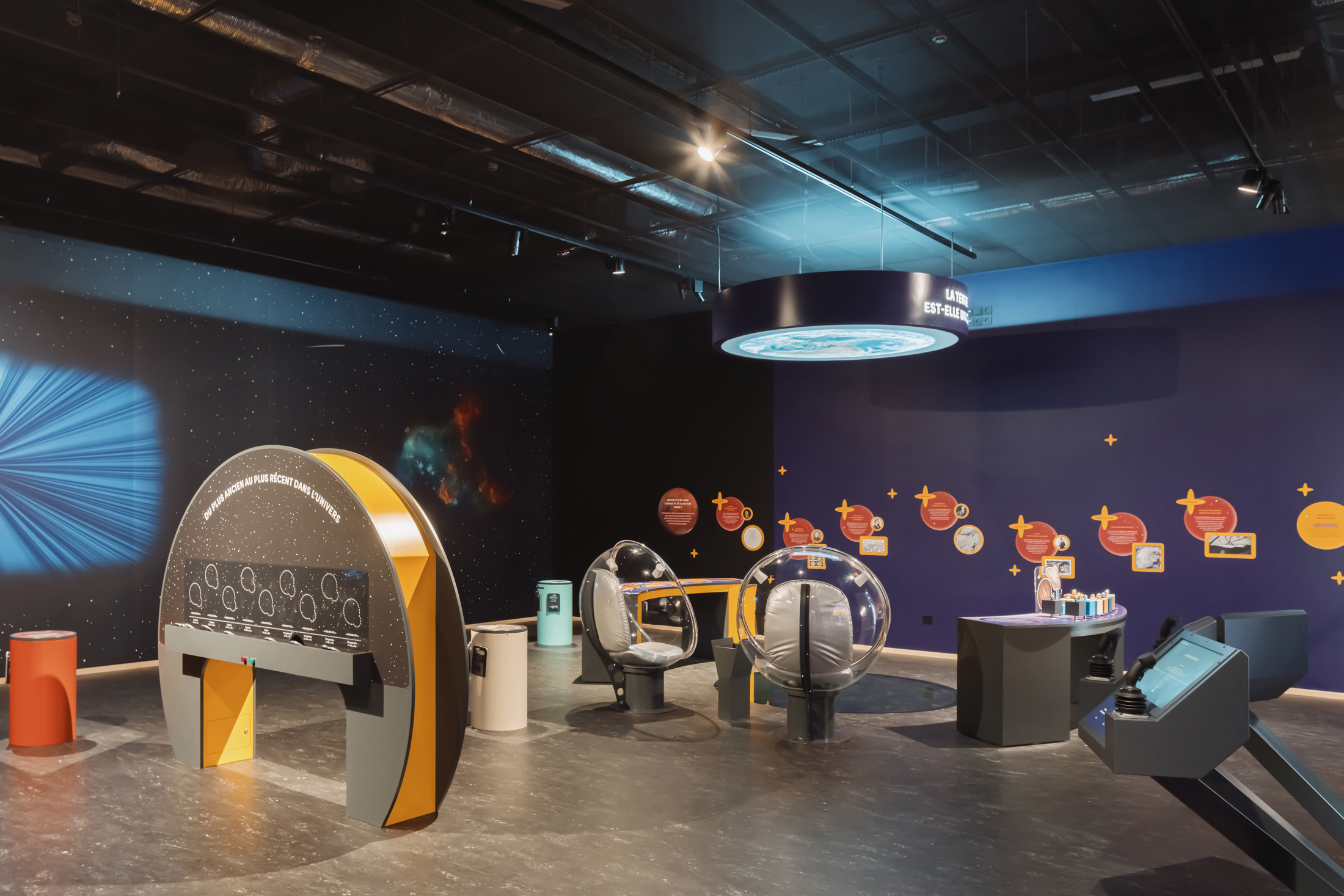
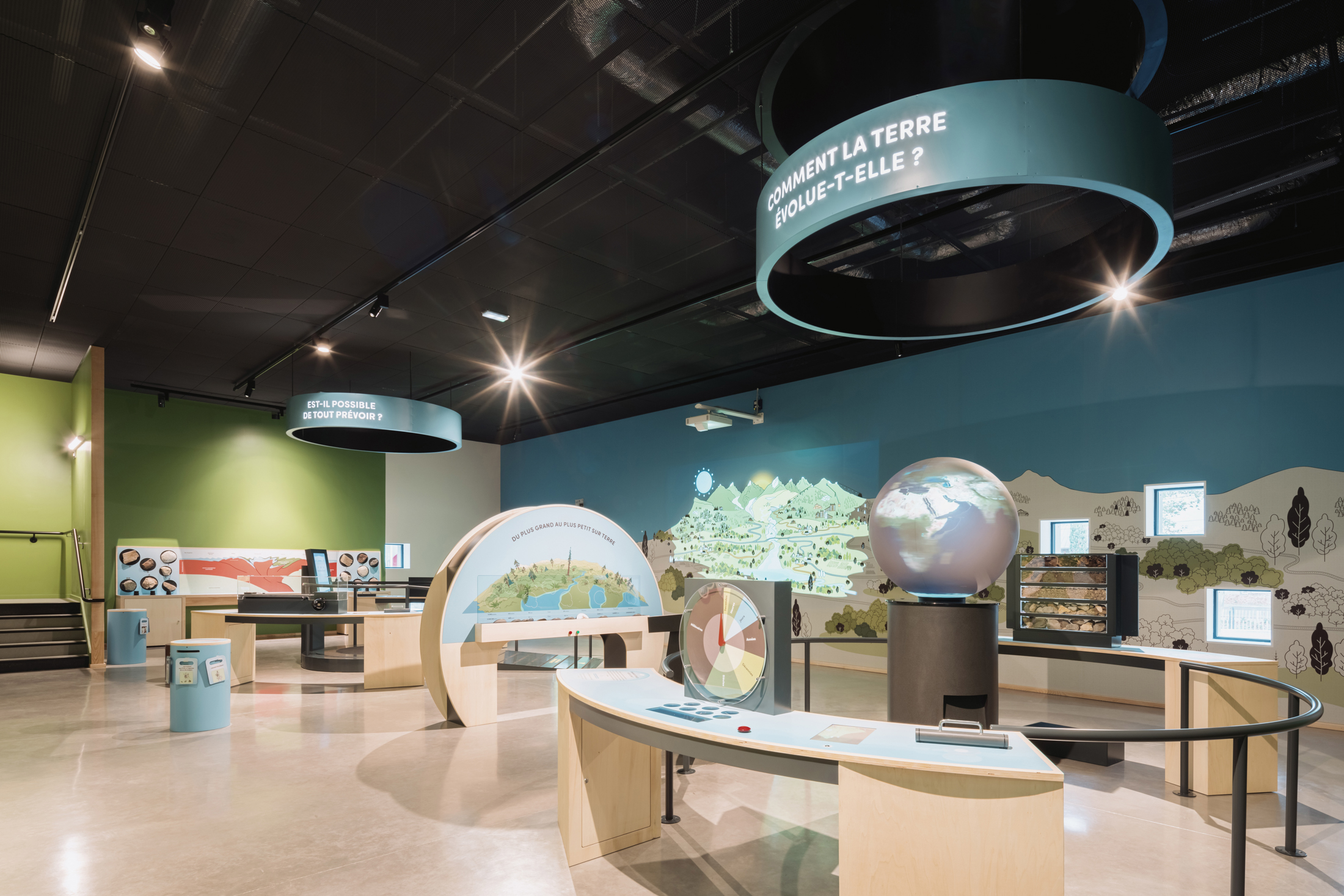
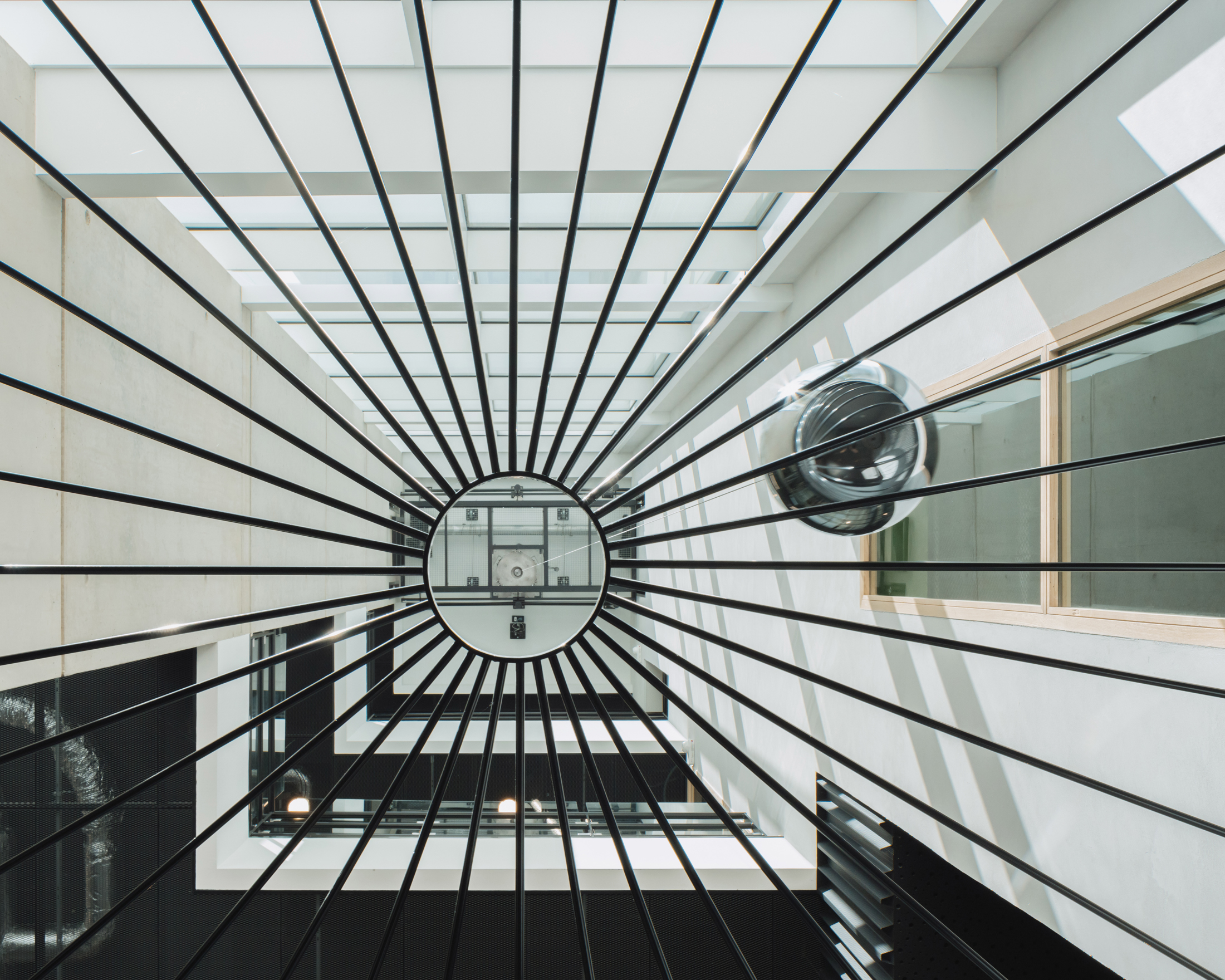
The architectural consortium comprised of ARCANE Architectes (France) and Cardin Julien (Canada) is delighted to unveil the new Centre de sciences Cosmocité built on the Grands Moulins de Villancourt heritage site in Pont-de-Claix, Isère (France).
The building’s bold design, conceived by architects Jean-Yves Guibourdenche and Jean-François Julien, the consortium leader, is in line with the museum concept developed by the scenographer CREO in close collaboration with La Casemate and the scientific community.
Cosmocité aims to preserve the industrial memory of the Grands Moulins de Villancourt site, which was an important part of the industrial and human heritage of the urban agglomeration and the municipalities of Echirolles and Pont-de-Claix in the 19th and 20th centuries.
With its location at the municipality’s northern entrance, Cosmocité is the cultural cornerstone of Ville de Pont-de-Claix’s urban renewal.
The commission
Taking up the exact placement layout of the demolished building, which could not be reused, the architects created an assemblage of volumes that link the region’s industrial past, embodied by the white volume, with the contemporary scientific focus of the new institution, embodied by the black volume.
The translucent, glossy white volume houses the passageways and related spaces, while the matte and opaque black volume houses all the spaces dedicated to the dissemination of scientific content: the planetarium, immersion room and permanent exhibition hall. Recalling the universe’s great mysteries and humankind’s place in the cosmos, the black volume’s monolithic, dark and mysterious quality invites onlookers to fathom its scale and reflect on its infinite expanse.
Inside, the vertical and horizontal corridors are bathed in natural light and offer views of the surrounding landscape.
The volumetric design reflects the building’s function and contributes to the site’s global message: science that’s welcoming and open to all.
The program
Cosmocité houses:
– An 80-seat planetarium, equipped with a stargazing simulator. The role of a planetarium is to teach and popularize astronomy and space science for both school and family audiences.
– A permanent tour based on two themes: “EARTH” and “COSMOS”. An immersive 3D room, with interactive floor and wall screens
– A 14-metre-high Foucault pendulum
– A variable activity space: children’s/youth audience area and a modular room
– Additional facilities: reception, services, administration and logistics
– A roof terrace overlooking the Grenoble basin and its surrounding mountains
The facility is designed to welcome around 57,000 visitors a year, including 20,000 schoolchildren.
The planetarium
Circular and inclined at 10°, the space can be accessed via a vision adaptation waiting area and an acoustic airlock. With a capacity of 80 seats, including 4 for people with reduced mobility, it is equipped with reclining seats, providing a 360° view of a 13 meters in diameter semi-spherical screen. It is lined with a circular technical gallery and a data centre.
The permanent exhibition
The architectural team called on the Montreal-based digital studio CREO to create the Cosmocité scenography. To meet the numerous requirements of this ambitious project, CREO put together a multidisciplinary design team, who worked in close collaboration with the project’s Grenoble-based scientific committee, as well as with Centre de Culture Scientifique, Technique et Industrielle de Grenoble.
Cosmocité’s highly interactive exhibition is designed to answer fundamental questions such as: Is the Earth unique? Is it possible to predict everything? Spread over two floors, it covers everything from the birth of stars to the causes of earthquakes. In addition, a 14-metre-high Foucault pendulum spans the building to demonstrate the Earth’s rotation.
A bioclimatic design
The building has been designed to balance the space of the west-facing garden with that of the eastern forecourt. The hall and staircase are glazed to capture free energy from the sun, and to encourage the public to use the staircase to climb to the upper floors. However, this solar energy is controlled by screen-printed glass to prevent overheating.
To the west, the building opens onto the garden and the Vercors landscape, while the cantilevered planetarium hall shelters it from the summer sun.
Interior characteristics
The acoustic comfort has been carefully studied to avoid any sound transfer between spaces, as well as towards and from outside areas.
Summer thermal comfort is ensured by:
– A heat inert cement structure;
– Efficient solar protection: 50% screen-printed glass on the east facade, sunbreaker structures on the west facade and external solar shading;
– Openings for natural ventilation;
Air quality is ensured by a double-flow system, with adapted flow rates and filters.
Energy optimization
Energy efficiency is primarily about reducing the building’s thermal requirements, which is made possible via a compact construction and a high-performance envelope.
The building’s main structure is in reinforced concrete, which is insulated from the outside to eliminate thermal bridges and the associated risk of condensation, and to benefit from an inertia conducive to summer comfort.
The building envelope’s performance has been designed to be well below the French regulatory threshold in terms of energy requirements. Heating is provided by way of a district heating system, and cooling by way of heat pumps.
Landscaping
To the east of the building, overlooking Cours Saint-André, an urban stone forecourt accommodates the varying flow of visitors drawn to this site and its activities. To the west, a garden and its outdoor amphithéâtre form a buffer zone between the parking lots and the Centre de sciences. To the south, a conserved hundred-year-old cedar tree serves as a reminder of the city’s continuing renewal.
Site of the associated architects Arcane (French)

